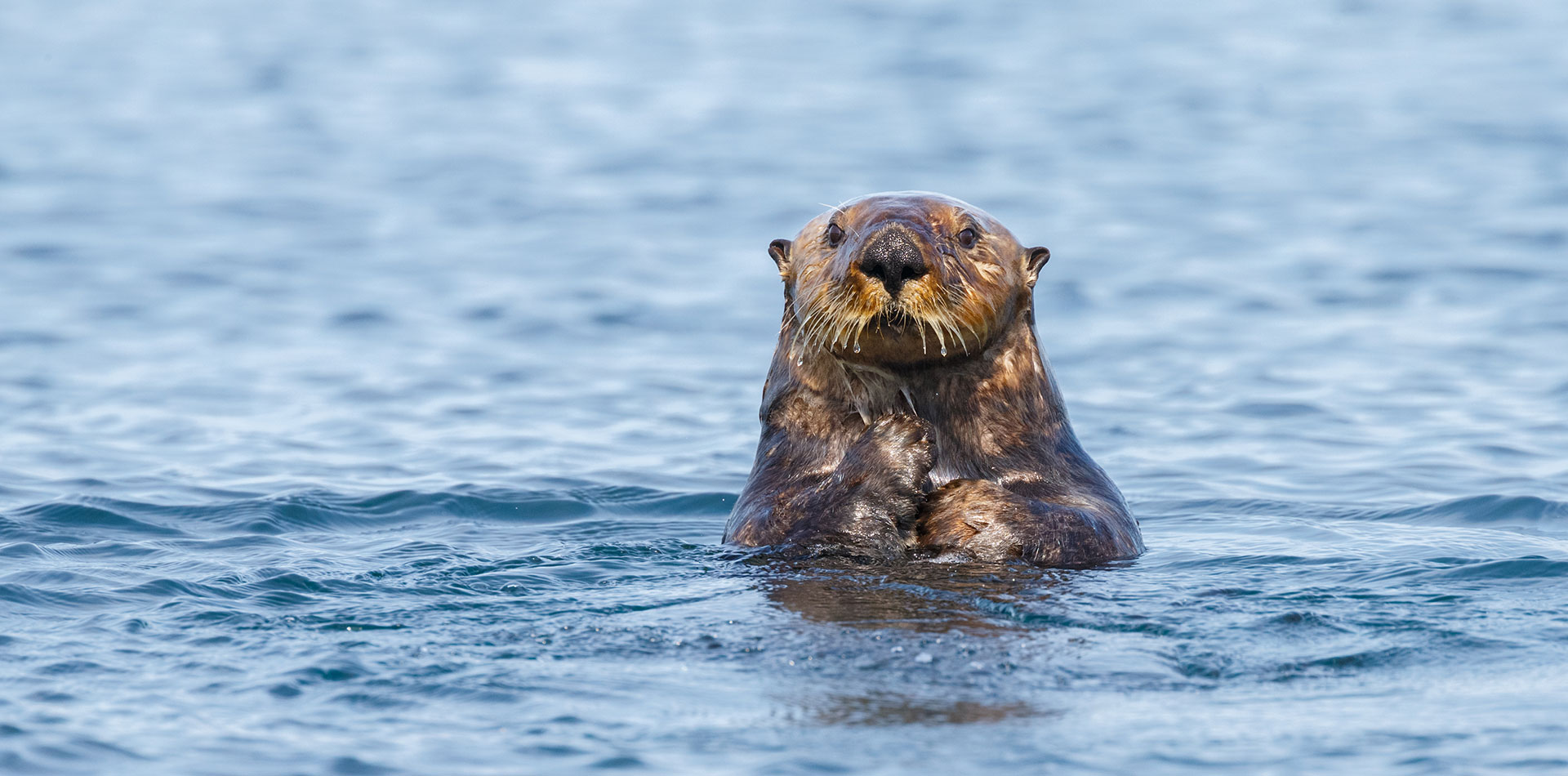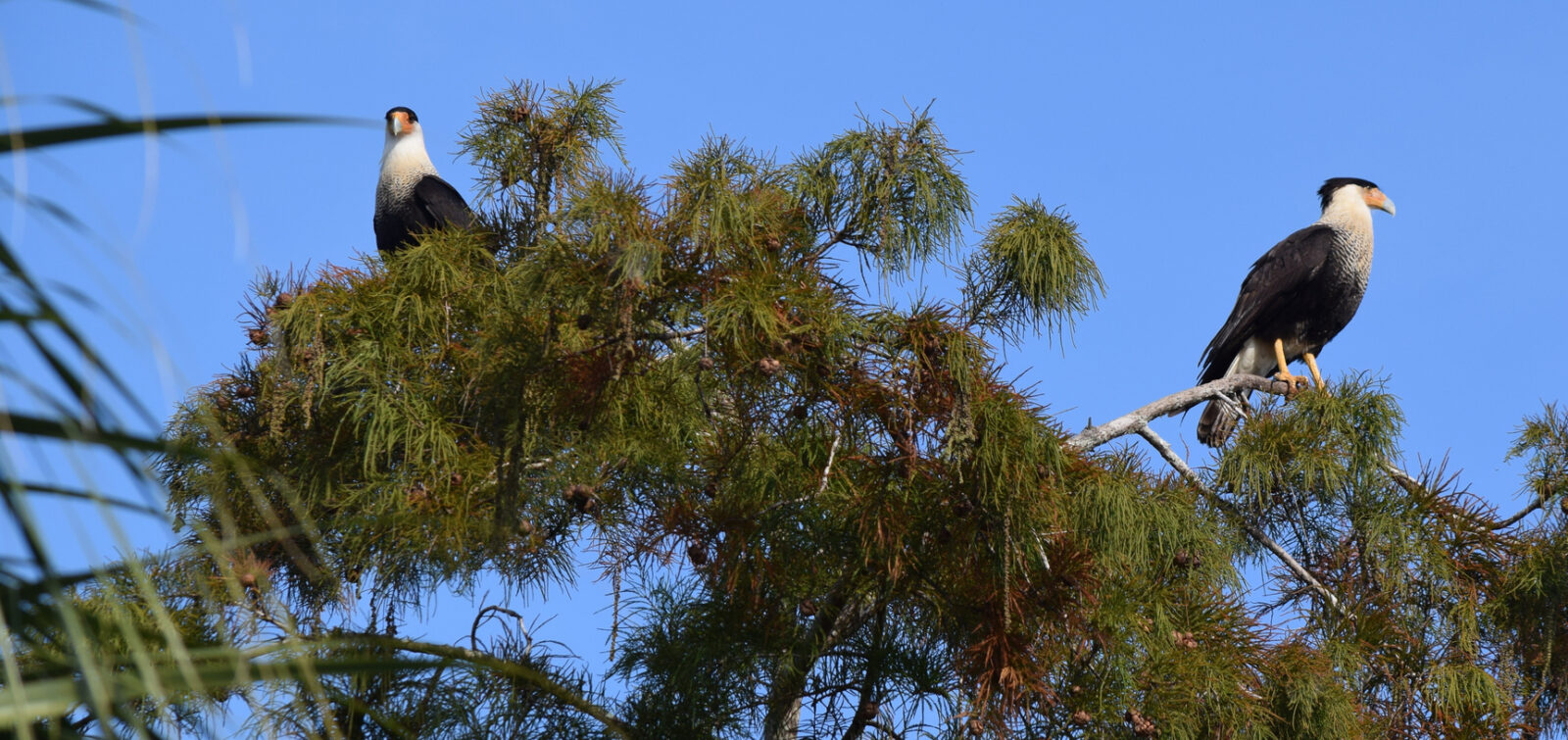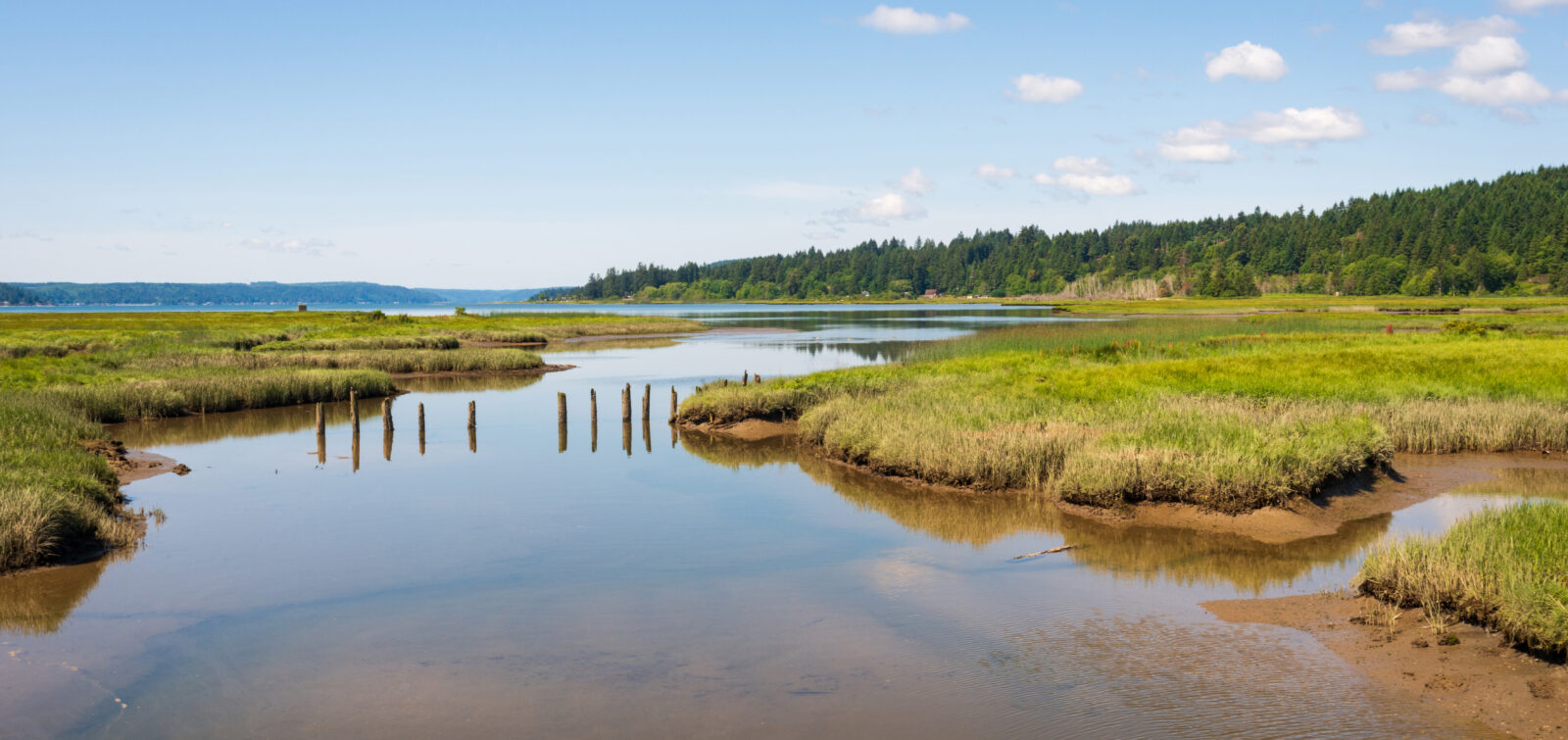In our industry, we must consider compliance with the federal Endangered Species Act (FESA) when a proposed project or action has the potential to affect species federally listed as endangered. Since 1973, FESA1 has been in place to provide a framework for the protection of endangered and threatened species and their habitat. FESA has resulted in the development of recovery plans for species classified as endangered or threatened, the designation of critical habitat, and the requirement for interagency cooperation (including cooperation with states and the authorization of financial assistance). Additionally, FESA oversees the issuance of permits for prohibited activities.
Changes to the Definition of “Harm”
FESA prohibits the “take” of endangered species. Under the law, “the term ‘take’ means to harass, harm, pursue, hunt, shoot, wound, kill, trap, capture, or collect, or to attempt to engage in any such conduct.” Over time, FESA implementing regulations have evolved to define “harm” to mean “an act which actually kills or injures wildlife. Such an act may include significant habitat modification or degradation where it actually kills or injures wildlife by significantly impairing essential behavioral patterns, including breeding, feeding or sheltering.”2
In 1995, the Supreme Court heard the case Babbitt v. Sweet Home, which challenged the regulatory definition of “harm.” The plaintiffs argued that the definition went beyond the statutory language and exceeded the authority of the U.S. Fish and Wildlife Service (USFWS). However, that challenge was rejected due to Chevron deference, which grants the agency significant latitude to interpret the statute and implement it accordingly.
More recently, in Loper Bright Enterprises v. Raimondo, the Supreme Court overturned the Chevron deference, meaning that that courts would no longer provide substantial deference to agency interpretation of statute. This decision was the basis for President Trump’s Executive Order 14219 “Ensuring Lawful Governance and Implementing the President’s ‘Department of Government Efficiency’ Deregulatory Initiative,” which directs agencies to review existing regulations to help ensure that they comport with the “best reading” of the statute and to take corrective action for those that do not.
In response to that directive, the USFWS and National Marine Fisheries Service (NMFS) published a notice of proposed rulemaking on April 17, 2025. The proposed rule would rescind the existing definition of harm, which includes habitat modification. Specifically, the NMFS asserts that the current definition of harm, which includes “significant habitat modification or degradation,” contradicts the best meaning of “take.” In simple terms, the proposed rulemaking is stating that a proposed action that alters habitat for listed species is not equivalent to an act that directly injures or kills fish or wildlife.
The Endangered Species Consultation Handbook3 directs us to conduct an analysis on a proposed action’s effects on listed species and their designated critical habitat. This analysis typically involves estimating the number of individuals or population size that may be affected and calculating the area of suitable or occupied habitat that may be permanently or temporarily altered. Corresponding compensatory mitigation requirements are proposed to offset these impacts.
One example of this process that ESA has dealt with in Southern California involves assessing a project’s impacts on the coastal California gnatcatcher (Polioptila californica californica), which is federally and state-listed as threatened. We may assume a project area is occupied based on existing literature showing a history of occurrences or follow USFWS protocol survey requirements for an updated estimate of individuals that may be affected. However, we often quantify the acreage of their preferred Diegan coastal sage scrub to determine how much may be removed as a result of a project. Additionally, we assess how much suitable habitat may occur within a modeled noise contour where construction noise may adversely affect a nesting pair’s ability to hear each other’s vocalizations during the breeding season. A typical mitigation measure would require revegetating or creating Diegan coastal sage scrub at a 1:1 to 2:1 ratio to offset impacts.
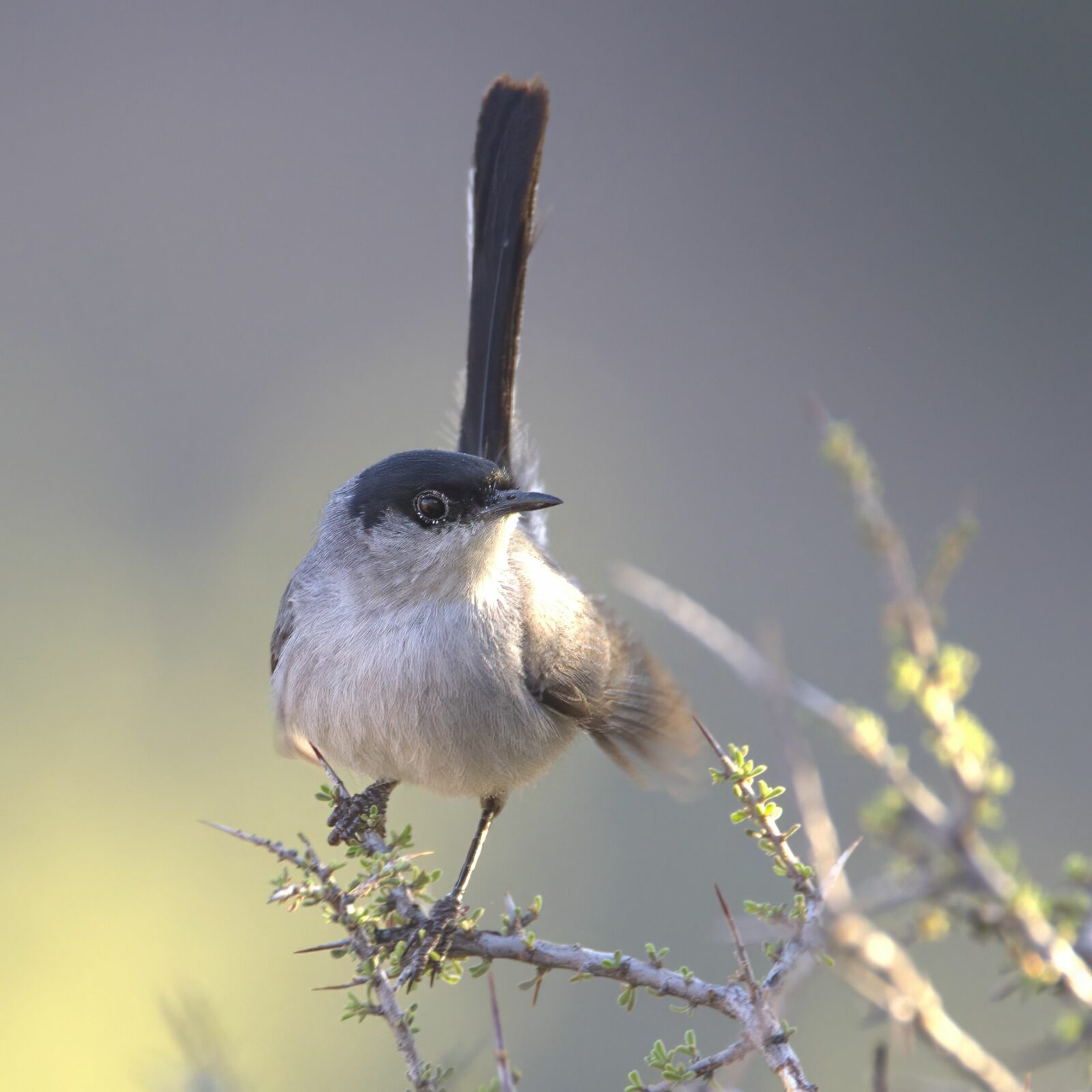
What Could This Mean for Permitting?
Rolling back the definition of harm to no longer include alteration of habitat because of a proposed action may result in one of two of the following potential scenarios:
1. Require biologists and permitting specialists to more clearly substantiate how affected habitat would lead to mortality or injury to species. This scenario may have interesting implications as we now consider the influence of Executive Order 143030 “Restoring Gold Standard of Science”4 (May 23, 2025) on how we might rely on scientific publications to support our case. Under this scenario, in our California gnatcatcher example, the USFWS could require a larger body of scientific evidence in permitting materials to substantiate how the action may (or may not) impair essential wildlife behavioral patterns.
2. Reduce our estimations of take to individual or population estimates of numbers that may be affected without quantifying habitat impacts. This scenario could reduce or remove obligations for habitat restoration or creation, which is a current practice we rely on for helping projects move forward. We have encountered at least one client whose FESA permitting we’ve supported who is considering reinitiating consultation to have their habitat mitigation requirements reduced.
Lots of Public Interest, Yet No Timeline for a Final Rule
The 30-day public comment period for the proposed rulemaking ended on May 19, and nearly 330,000 comments were received, highlighting significant public interest. If these comments are taken seriously, the NMFS would be required to potentially modify their approach. However, there is no set timeline for the final rule, so we recommend operating under the status quo for now.
ESA Federal Strategy Director Eric Beightel has indicated that it is expected “that any final rule that modifies the definition of harm to exclude modifications to habitat will be immediately challenged in the courts and that could result in an injunction that prevents the NMFS from implementing the rule while it is finalized or it could allow the NMFS to implement while it is litigated.” (We’ve certainly seen this before!5)
As we await the final rule or changes to the Endangered Species Consultation Handbook, our species permitting specialists are excited to assist you. You can reach Barbra Calantas, Biological Resources and Land Management Practice Leader, for any specific questions about this proposed change.
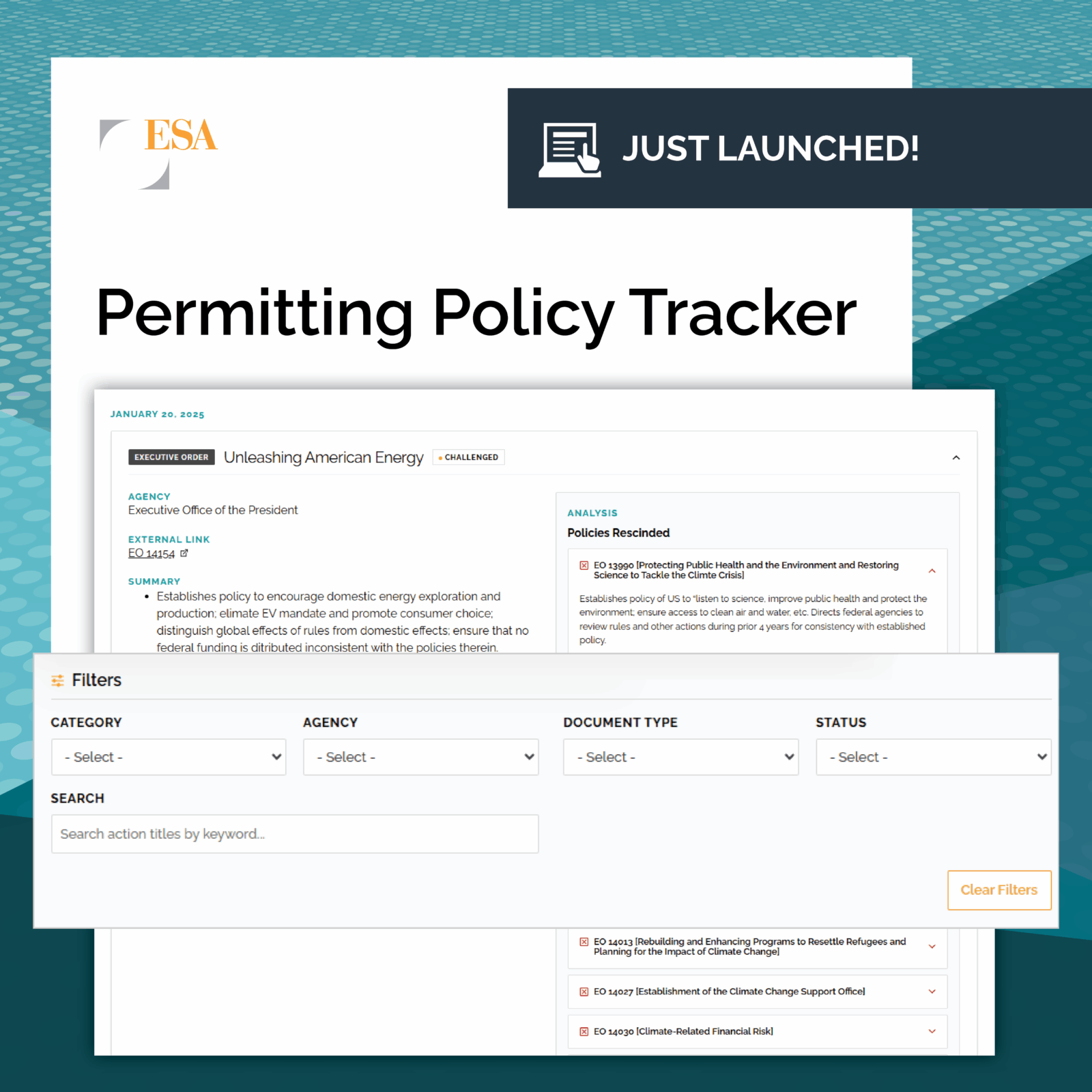
- USFWS (U.S. Fish and Wildlife Service). 1973. Endangered Species Act of 1973. Available: https://www.fws.gov/sites/default/files/documents/endangered-species-act-accessible_7.pdf. Accessed June 5, 2025. ↩︎
- Code of Federal Regulations Title 50, Section 17.3. ↩︎
- USFWS (U.S. Fish and Wildlife Service). 1998. Endangered Species Consultation Handbook. Final. March 1998. Available: https://www.fws.gov/sites/default/files/documents/endangered-species-consultation-handbook.pdf. Accessed June 5, 2025. ↩︎
- The White House. 2025. Executive Order “Restoring Gold Standard Science.” May 23, 2025. Available: https://www.whitehouse.gov/presidential-actions/2025/05/restoring-gold-standard-science/. Accessed June 5, 2025. ↩︎
- ESA (Environmental Science Associates). 2023. “How Permanent Is Relatively Permanent? An Update on the Definition of Waters of the U.S.” Available: https://esassoc.com/news-and-ideas/2023/10/an-update-on-the-definition-of-the-waters-of-the-us/. Accessed June 5, 2025. ↩︎
